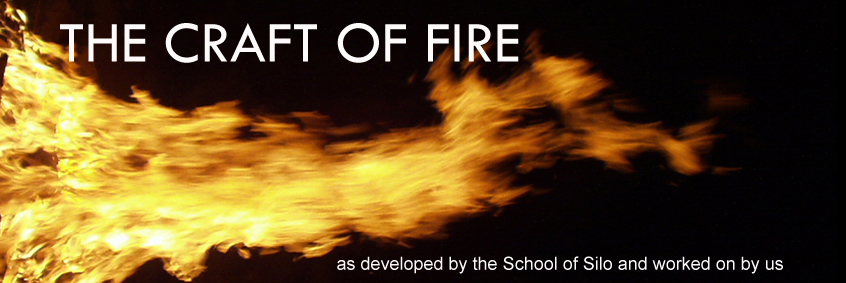More Aluminum Salamanders

Last weekend, we did another session of aluminum casting, with the goal being to get at least one more decent salamander made. And it worked! We had too many molds to fit into the kiln, so we prioritized the salamanders. Way back when in Paracelsus' time, salamanders were said (among other things) to live in fire, so we thought we'd try to make them happy and put them in all together. (Salamander in flames from, "The Story of Alchemy", the Book of Lambspring in the Musaeum Hermeticum .) First up was the wax burnout for about 2-3 hours, moving through those clear stages of: 1) sweet-smelling melting wax, 2) awful-smelling burning wax, and 3) neutral-smelling 'just a little more because the molds are almost entirely ready to go'. And that's one mold that actually wasn't ready to go - still flaming... Then we melted up the aluminum, still using the same canned tomatoes crucible which is holding up well. Getting to temperature didn't take very long

